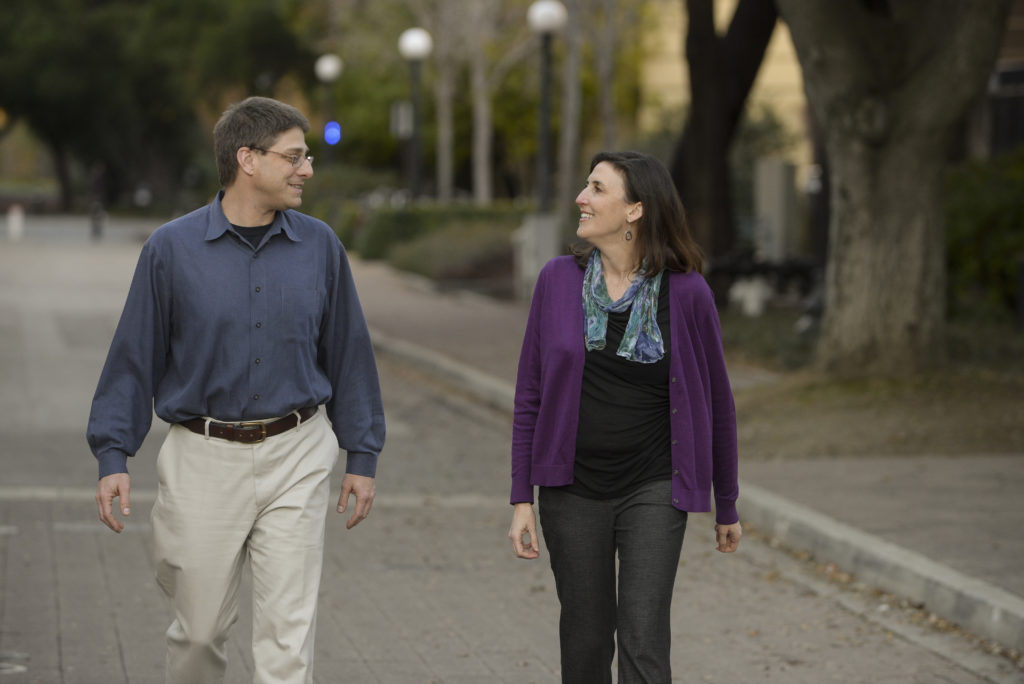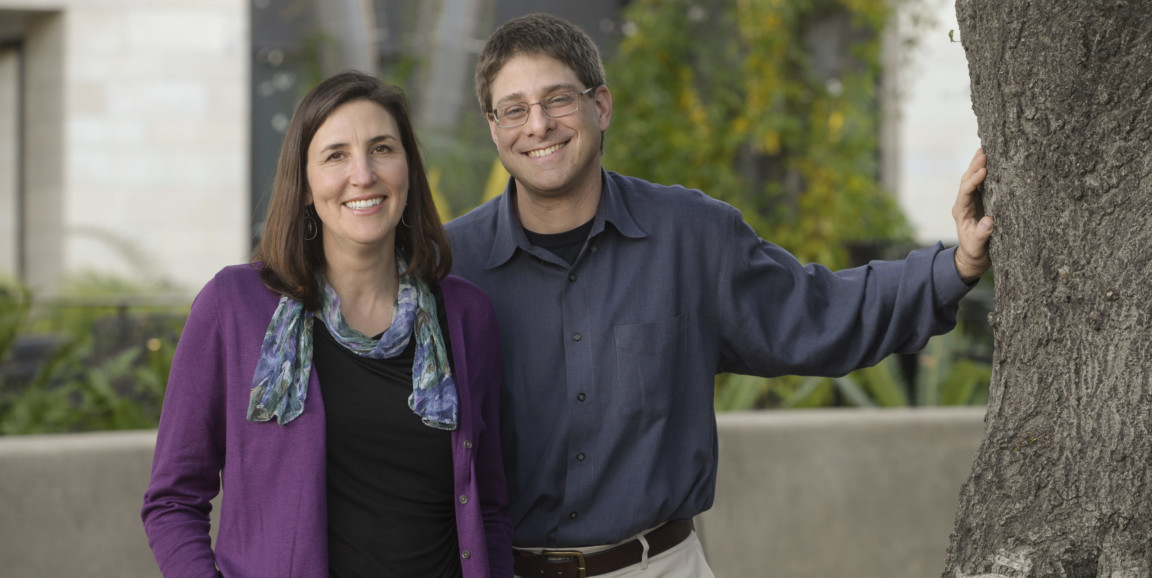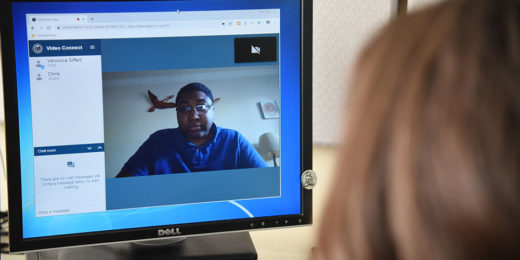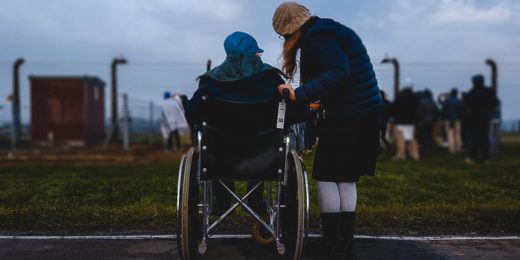After 15 years of marriage, Donna Zulman, MD, and Noah Rosenberg, PhD, started a new kind of relationship: coauthors.
The two normally run in different scientific crowds -- Zulman is a physician and researches health care efficiency and quality; Rosenberg studies theoretical population genetics.
But on a hike last year, on Zulman's birthday, an idea hit: Why not work together?
Zulman had been looking for ways to more precisely measure health care fragmentation, which arises when a patient bounces between multiple physicians or health care systems that don't collaborate to provide the best patient care.
"When that happens there are inherent risks -- information could get lost, tests could be unnecessarily repeated or the patient might receive conflicting advice," Zulman said.
Her research team was working with certain mathematical formulas to characterize patterns of health care fragmentation and assess how that might impact quality of care and outcomes for patients. "We'd been grappling with the best way to do this, and just like most couples, I often talk to Noah about my challenges at work," said Zulman.

The two were discussing Zulman's research in the midst of a hike at Russian Ridge Open Space Preserve, when Rosenberg had a thought.
"I'd heard her talk about the care fragmentation project before, and so I asked her what exactly these formulas were," he said. "And they turned out to be two of the same formulas I use in my research, just in a different context."
(For those who are formula-curious: On the health care side, one formula measures the proportion of visits a patient has with their most-visited doctor -- usually a primary care physician, expressed as a fraction. The other calculates the probability that any two separate visits are to the same doctor. On the genetics side, the first formula calculates the frequency at which the most frequent variant of a particular genetic marker appears in a population, expressed as a fraction; the latter calculates the probability that two copies of a particular gene drawn from a population will be identical.)
"I wasn't previously interested in health care fragmentation," he said. "But the fact that Donna's interested in it makes it interesting to me."
If that's not love, I don't know what is.
Now, the happy coincidence has turned into a full-fledged collaboration. The fruits of their teamwork appear in Health Services Research.
Their work built on the formulas Zulman was studying, which were useful, but only provided isolated measurements. "We wanted a way to make sense of the measurements in combination," she said. "Understanding the full picture of how a patient's care is dispersed across different physicians could help us design better strategies for coordinating that care."
As fate would have it, Rosenberg's lab had been working on a parallel question: How do different measures of genetic diversity relate to each other? "We'd figured out the computations to examine the relationships between these two formulas," Rosenberg said. "And these exact mathematical relationships turned out to the same ones needed to make sense of the formulas in Donna's studies."
Now, with their newly-devised formula, they've come up with a new way to assess the extent of health care fragmentation for a given patient.
"It was this really cool 'aha' moment," said Zulman. "After our hike we went to a coffee shop and scribbled down the formulas, what Noah's lab had learned about their relationship and how it would relate to health care fragmentation."
Practically speaking, Zulman said, primary care physicians who are coordinating care from other specialists have very different experiences if their patient has two other doctors or 10 other doctors. The new formula helps quantify these different patterns and could form the basis for system-level interventions, such as scheduling longer visit times for patients with highly fragmented care.
"It was a special opportunity to get to work together like this," said Zulman. And, she said, this is just the beginning of their new collaboration. "Noah's got plans."
Photos by Rod Searcey






